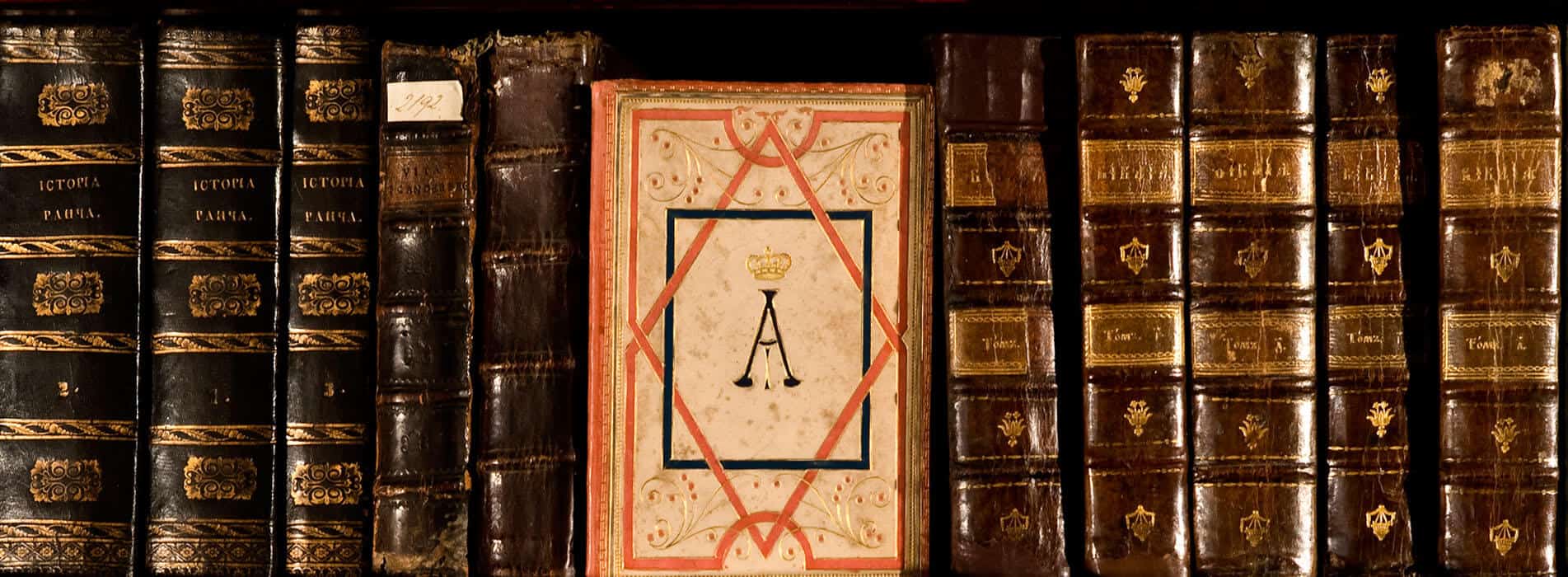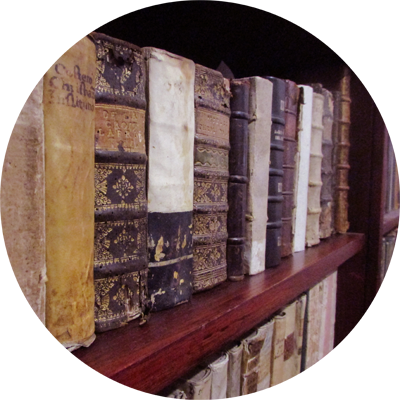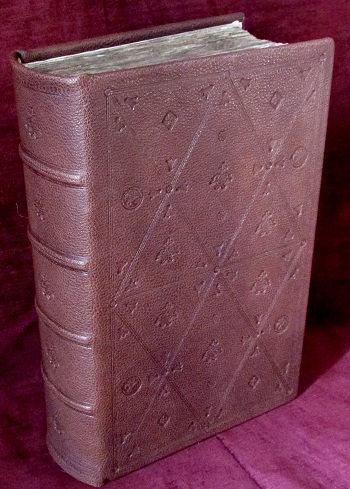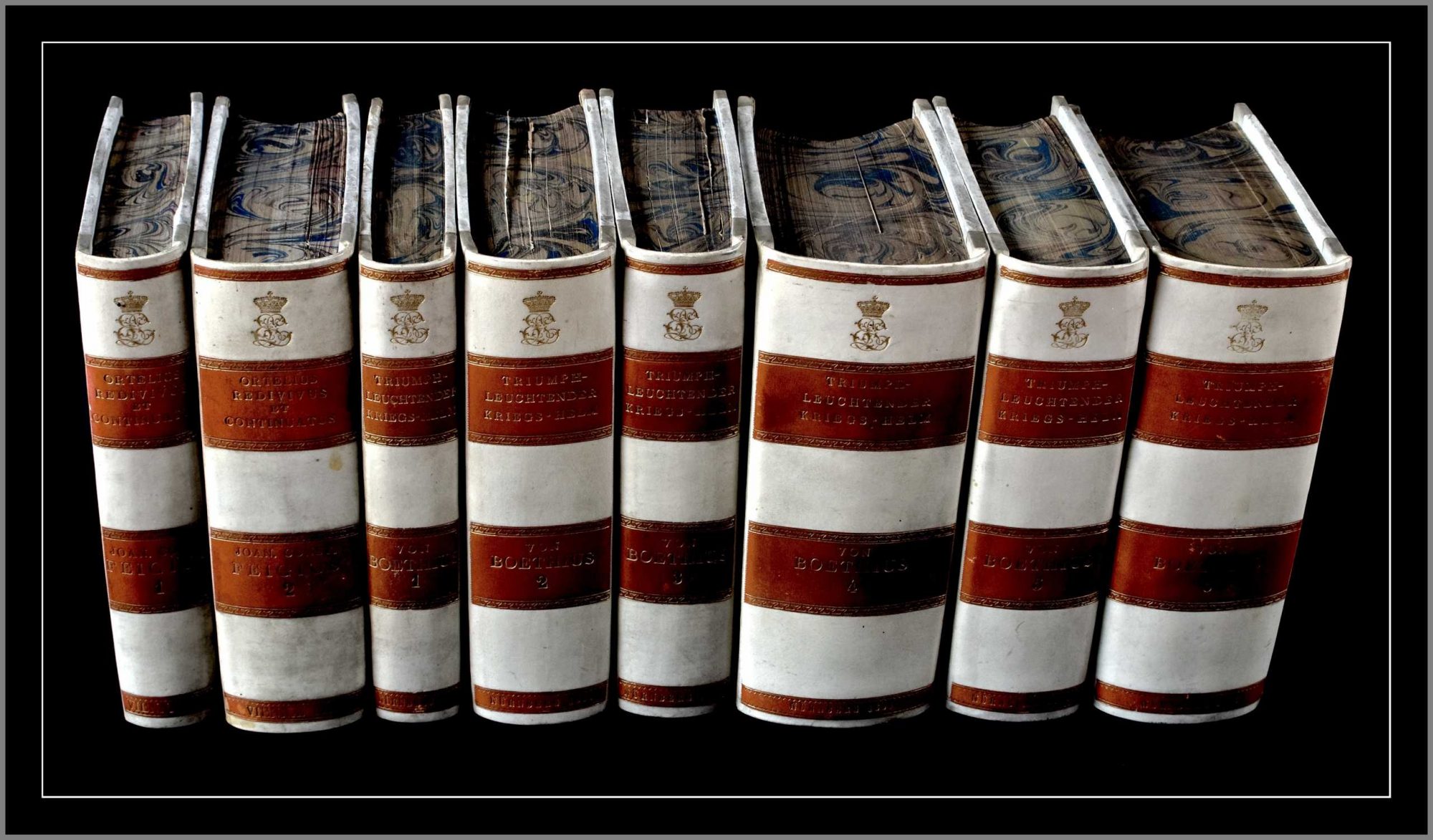
Blog
The Lost Art of Book Binding

In a time when digital technology is taking over the world, we can ask ourselves: Is bookbinding a lost art? Furthermore, is an artistic approach to our crafts still exist or are we solely focused on easily accessible digital media? Bookbinding is a perfect example of how technology advancements affected that approach.
History
The art of bookbinding carries us back to the time when leaden tablets with inscribed hieroglyphics were fastened together with rings. As the centuries rolled on words, sayings and scrolls became more intricate with wooden covers and leather spines. In the 16th and 17th centuries, books became more elegant with rounded spines and covers made of paper rather than wood. Finally, In the twentieth-century adhesive replaced the sewn book bindings and mass production became fully mechanical.

Nowadays, devices such as Kindle can provide us with almost any content for a cost less than a regular paperback. That brings us back to our question: Is the technology pushing out old ways of creating books?
The artists
However, there are few people whose work will make you think twice about the answer. These people are more than bookbinders and paper conservators, they are the keepers of a lost art. Not only that, but they are also the keepers of history and its written monuments – the people see the book not as an object, but as a living being.
One of them is a Serbian bookbinder Aleksandar Ćeklić (Александар Ћеклић), with who we had the privilege to cooperate. He is one of few people in Europe who mastered the technique of “byzantine binding”, characteristic of church books in Cyrillic script.

This is just one of many examples of his thorough work. You can see more on his website.
Conclusion
When I met Aleksandar and took the chance to see and ask him about his work, I realized that the art of binding is very much alive. When I heard how much passion and love he is talking about his craft, I realized that technology will never push out this ancient knowledge. No matter how much we get used to digital, easily accessible, and portable content, we will always stop to admire the art of creation and aesthetic perfection of a leather-bound book.


